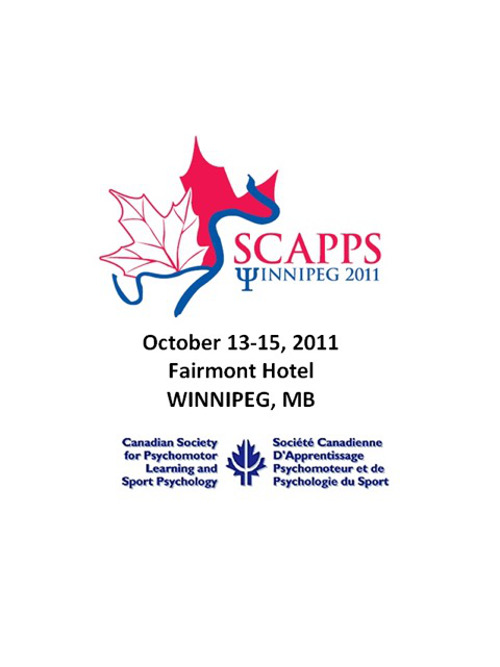Abstract
Despite the reported benefits of physical activity (PA), most breast cancer survivors (BCS) are inactive. The high prevalence of inactivity in this population highlights the need for studies focused on examining factors related to PA behaviour and, in particular, factors influencing change in PA after completion of treatment. One theoretical perspective that may be useful for examining such factors is a self-presentation perspective. This prospective study: (1) describe changes in self-presentation processes (i.e., impression motivation and construction) and PA over time in BCS, (2) evaluate if BCS' patterns of change differ according to cancer-specific factors, and (3) determine if changes in BCS' self-presentation processes accounted for significant variability in change in PA, after controlling for age and body mass index. Women (n=128; Mage=55.14; Mtime since treatment=3.96 months) completed questionnaires at baseline, and 3 and 6 months later. Repeated measures analyses of variance demonstrated that self-presentation processes remained stable over time, whereas PA levels increased from baseline to 3 months, albeit not significantly, and decreased from 3 to 6 months [Fquadratic(1,127)=2.98, p<.05, partial ?2=.04]. In addition, self-presentation processes and PA patterns of change did not differ based on cancer-specific characteristics [ps > .05]. Last, separate hierarchical regression analyses revealed that changes in self-presentation processes were not related to change in PA [F(4,123)?2.27, p>.05]. Findings raise questions as to whether self-presentation processes should be conceptualized as state or trait characteristics. Furthermore, they illustrate the need to integrate PA intervention as women approach the six month post-treatment mark. However, it is premature to make conclusions about whether self-presentation can be used as a guiding framework to promote change in PA behaviour in this population.Acknowledgments: The first author is supported by a Joseph-Armand Bombardier Canada Graduate Scholarship from Social Sciences and Humanities Research Council of Canada and a Psychosocial Oncology Research Training Doctoral Award.

